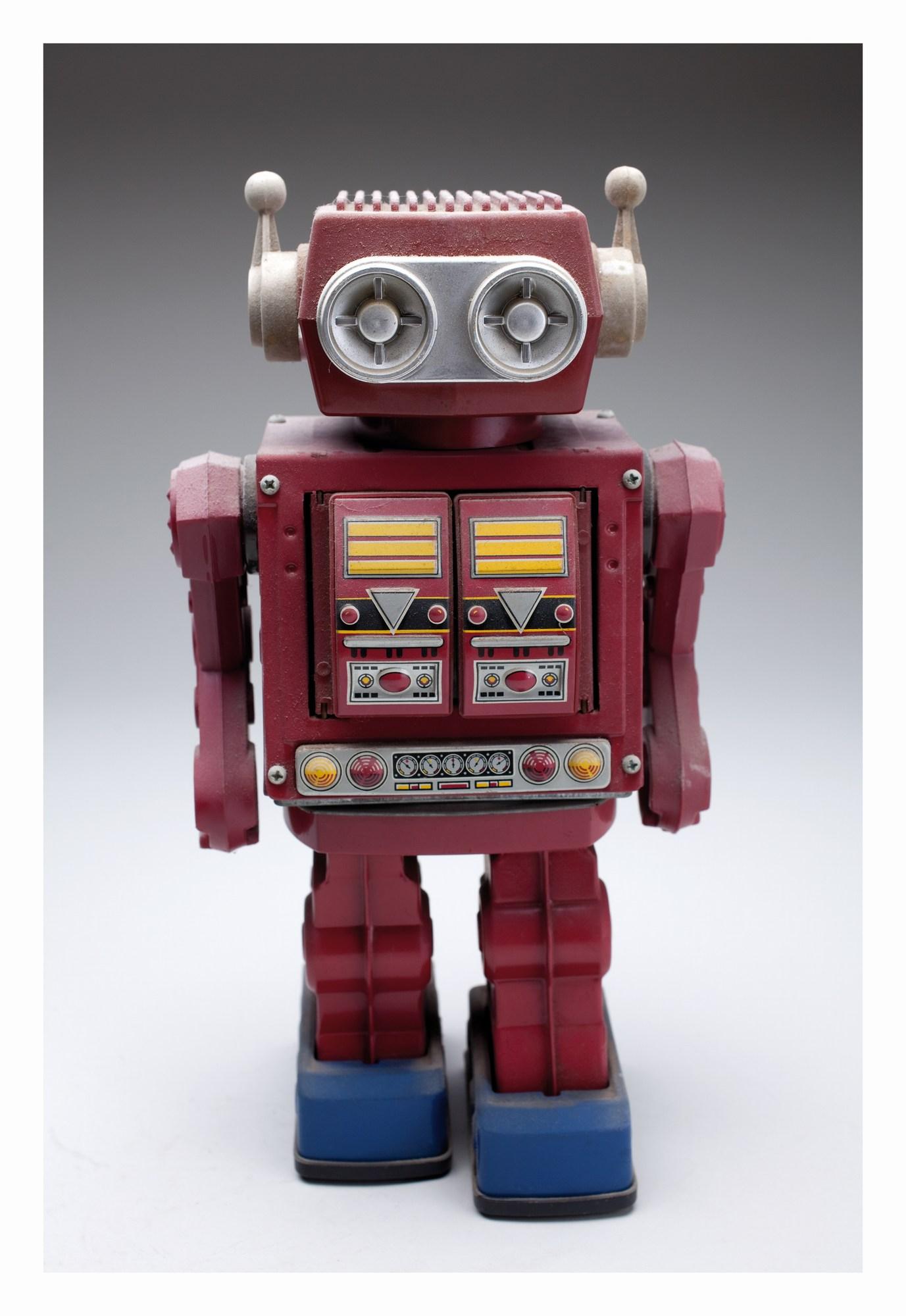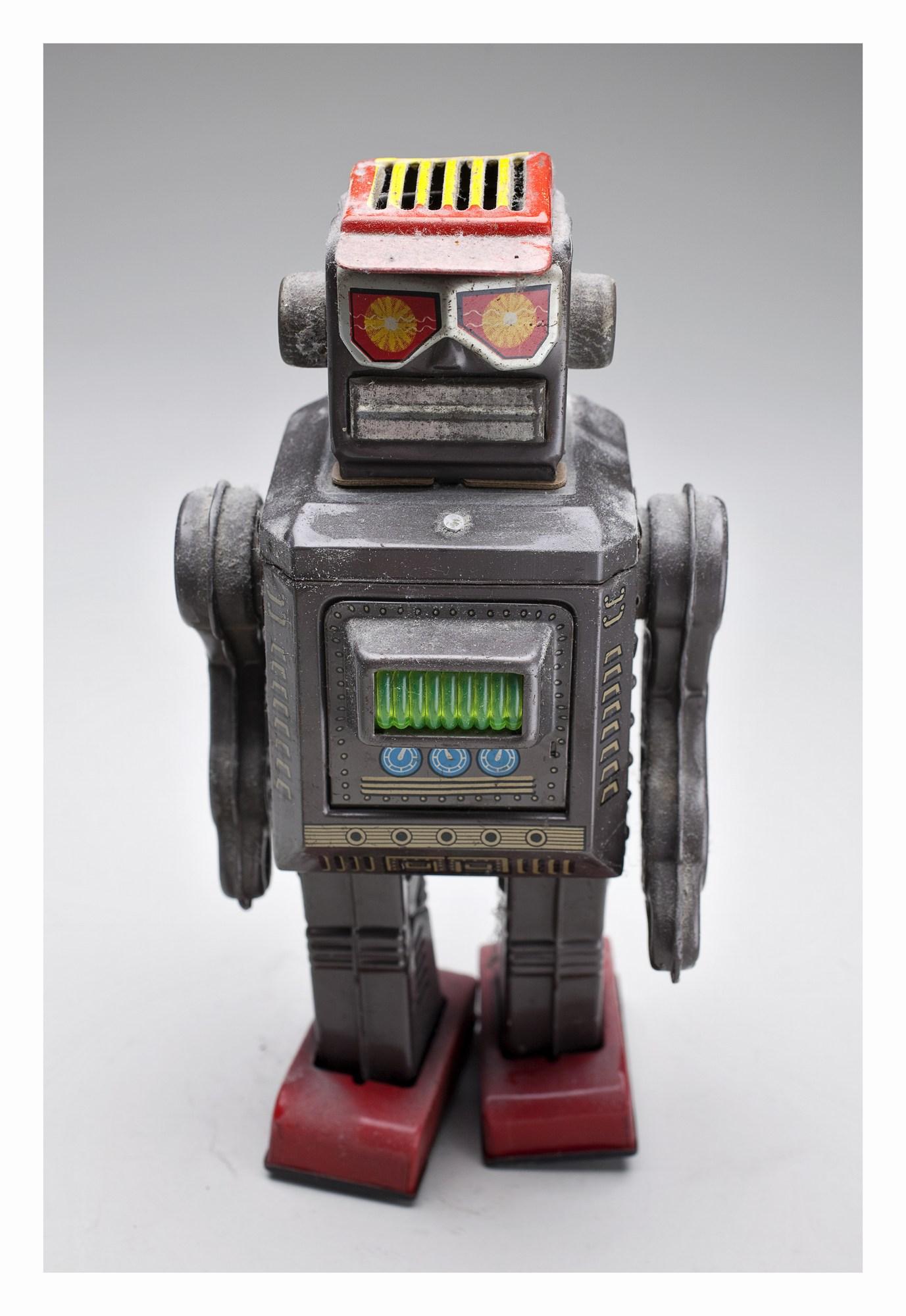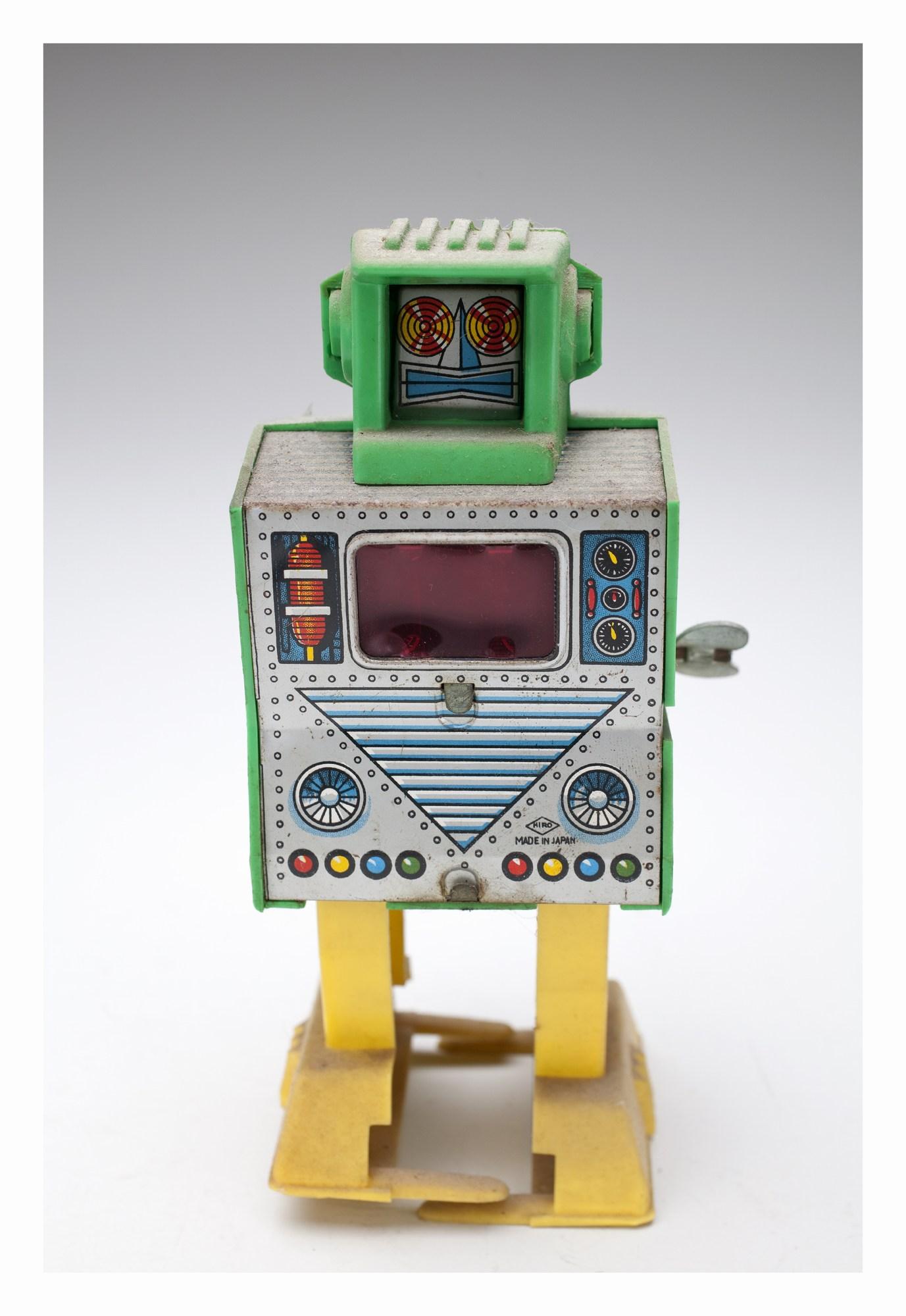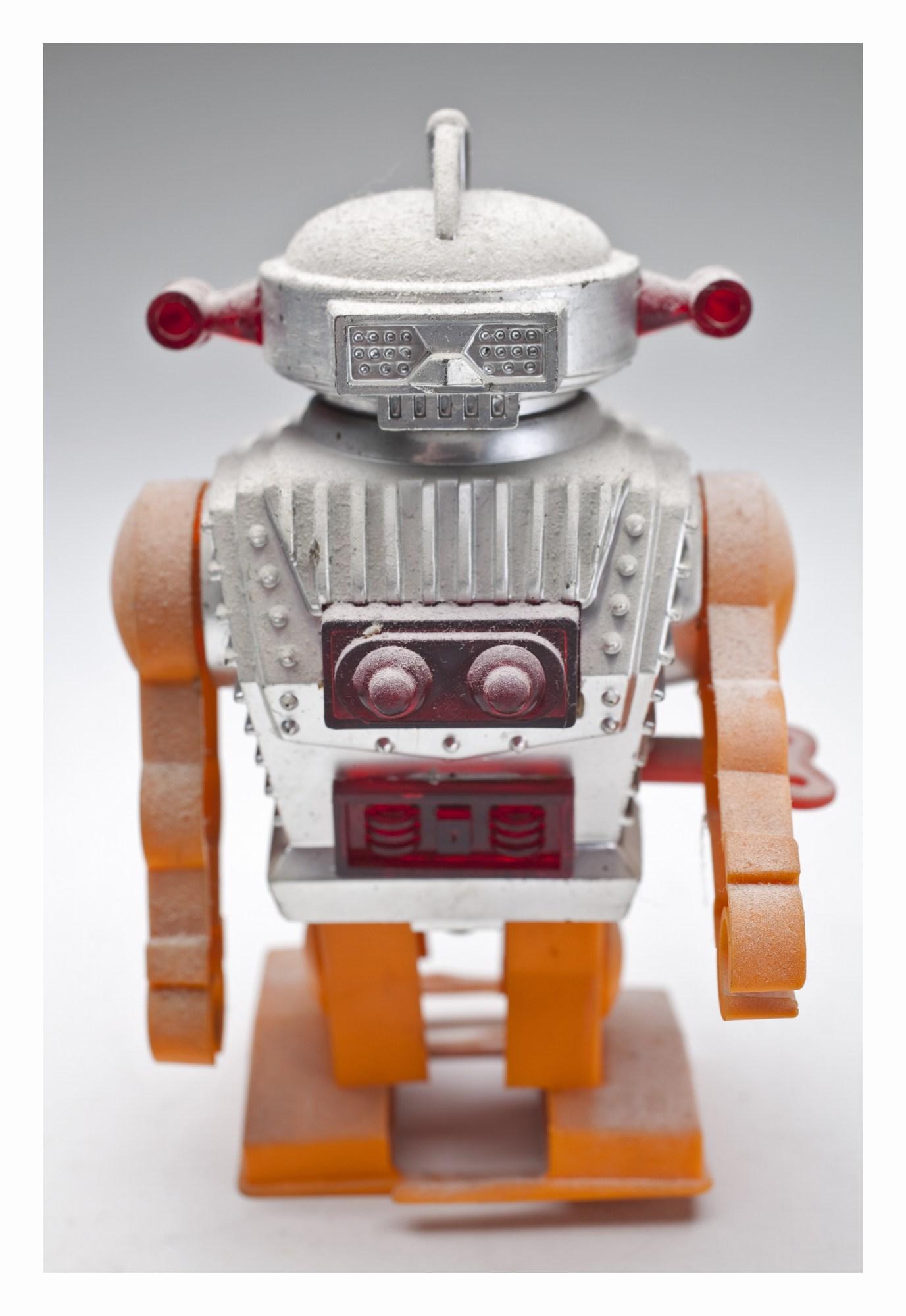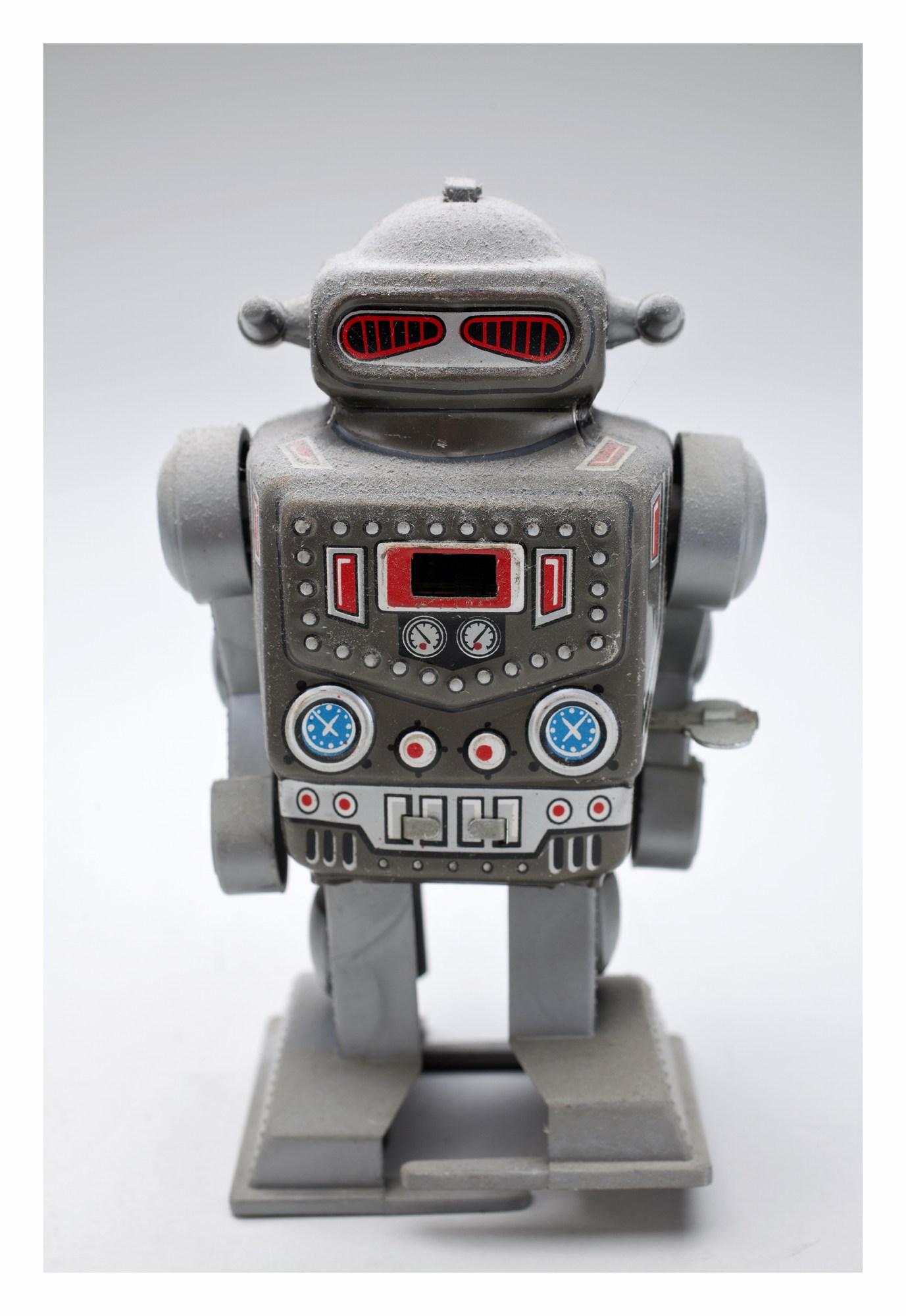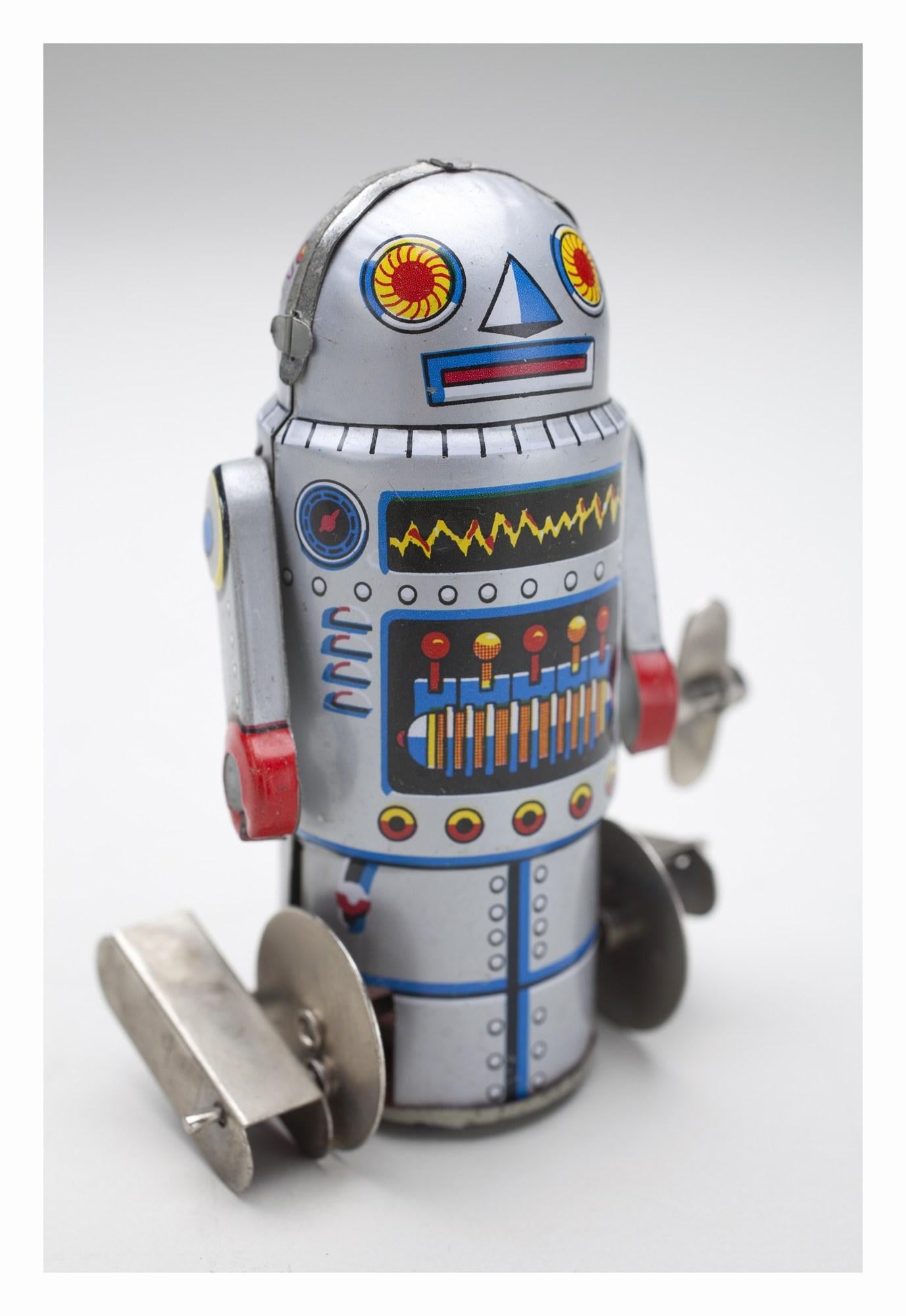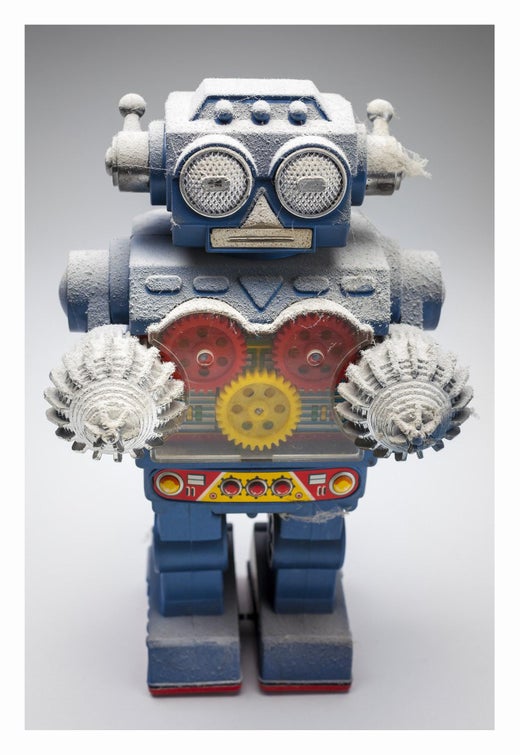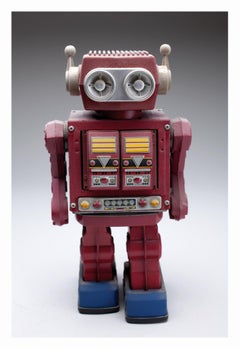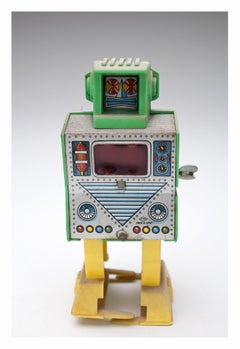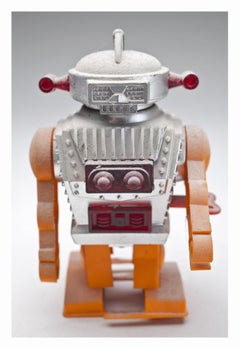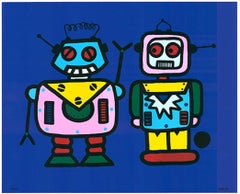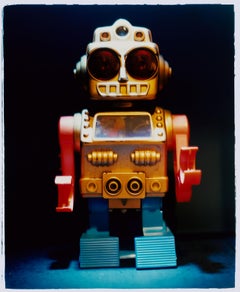Christian RothmannUntitled (from ROBOTNICS Series)2019
2019
About the Item
- Creator:Christian Rothmann (1954)
- Creation Year:2019
- Dimensions:Height: 12 in (30.48 cm)Width: 8.3 in (21.09 cm)
- Medium:
- Movement & Style:
- Period:
- Condition:
- Gallery Location:Kansas City, MO
- Reference Number:Seller: cro_1912_061stDibs: LU60835522362
Christian Rothmann
Christian Rothmann is a painter, photographer and graphic artist. In 1976, he first studied at the Hochschule für Gestaltung Offenbach am Main, Germany and moved to Berlin in 1977, where he graduated in 1983 at the Hochschule der Künste. From 1983–95, he taught at the university as a lecturer and as an artist with a focus on screenprinting and American art history. To date, a versatile body of work has been created, which includes not only paintings but also long-standing photo projects, videos and public art. Guest lectures, teaching assignments, scholarships and exhibitions regularly lead Rothmann to travel home and abroad.
- ShippingRetrieving quote...Shipping from: Kansas City, MO
- Return Policy
More From This Seller
View All2010s Outsider Art Photography
C Print
2010s Outsider Art Photography
C Print
2010s Outsider Art Photography
C Print
2010s Contemporary Photography
C Print
2010s Contemporary Photography
C Print
2010s Contemporary Photography
C Print
You May Also Like
21st Century and Contemporary Paintings
Giclée
2010s Pop Art Color Photography
Photographic Paper, C Print, Color, Silver Gelatin
2010s Pop Art Color Photography
Photographic Paper, C Print, Color, Silver Gelatin
2010s Pop Art Color Photography
Photographic Paper, C Print, Color, Silver Gelatin
2010s Pop Art Color Photography
Photographic Paper, C Print, Color, Silver Gelatin
2010s Pop Art Color Photography
Photographic Paper, C Print, Color, Silver Gelatin
